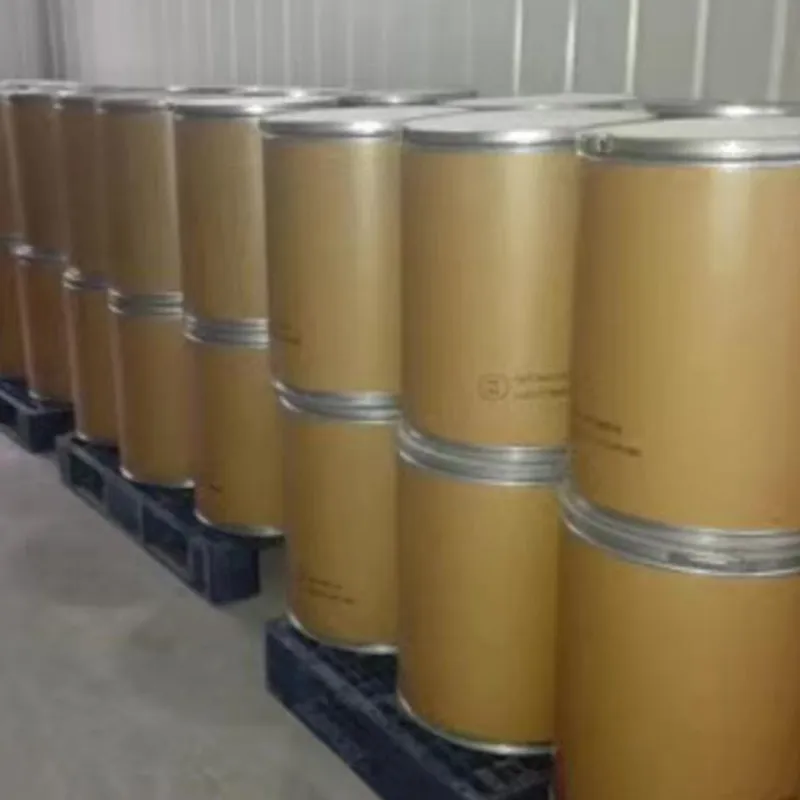
Exploring the Role of Food Additives in Stabilization, Thickening, and Gelling Processes
The Role of Food Stabilisers, Thickeners, and Gelling Agents in Modern Cuisine
In the ever-evolving world of culinary arts, food stabilisers, thickeners, and gelling agents play a crucial role in the texture, appearance, and overall quality of food products. These ingredients, often overlooked by consumers, are fundamental to achieving the desired consistency and mouthfeel in a variety of dishes, from desserts to sauces. Understanding how these agents work and their applications can enhance both home cooking and commercial food production.
What are Food Stabilisers, Thickeners, and Gelling Agents?
Food stabilisers are substances added to food to maintain its texture and prevent separation. They help achieve consistent viscosity, improving mouthfeel and enhancing the sensory experience. Thickeners, on the other hand, increase the viscosity of a liquid without altering its other properties significantly. Gelling agents are materials that can form a gel-like consistency upon cooling or setting, making them ideal for desserts, jams, and jellies.
Common Types of Food Stabilisers and Thickeners
There is a wide array of stabilisers and thickeners available, each with unique properties and uses. Some of the most common include
1. Gelatin A natural protein derived from animal collagen, gelatin is widely used for its gelling properties in desserts like panna cotta and marshmallows. It provides a rich, smooth texture and is an excellent stabiliser for emulsified sauces.
2. Agar-Agar A vegetarian alternative to gelatin, agar-agar is derived from seaweed. It forms a firm gel and is commonly used in Asian desserts. Agar has a higher gelling strength than gelatin, making it suitable for a variety of recipes.
food stabilisers thickeners and gelling agents

3. Pectin Often found in fruits, pectin is a polysaccharide that acts as a gelling agent, particularly useful in making jams and jellies. It requires sugar and acid to form a gel, making it essential in many fruit preserves.
4. Xanthan Gum Produced through fermentation by the bacterium Xanthomonas campestris, xanthan gum is a versatile thickener and stabiliser. It’s commonly used in gluten-free baking and salad dressings to improve texture and prevent separation.
5. Carrageenan Extracted from red seaweed, carrageenan is frequently used in dairy products and plant-based alternatives for its thickening and gelling properties. It enhances creaminess and provides stability in processed foods.
Applications in the Culinary World
The importance of these agents extends beyond their chemical properties; they play vital roles in various cuisines and food applications. In commercial food production, they ensure uniformity and product stability, allowing manufacturers to meet consumer expectations consistently. In home kitchens, they offer cooks the ability to innovate and create textured dishes that please the palate.
For example, a chef preparing a fruit mousse might use gelatin to achieve a light and airy texture, while a baker might rely on xanthan gum to ensure that gluten-free bread rises properly. Similarly, when crafting homemade jams, pectin is essential to achieve the perfect gel consistency, while agar-agar offers a vegan option for those avoiding animal products.
Conclusion
Food stabilisers, thickeners, and gelling agents are fundamental components in both industrial food processing and home cooking. They contribute not only to the aesthetic appeal of food but also to its texture and stability, ultimately enhancing the dining experience. As consumers become more health-conscious and ingredient-savvy, understanding and utilizing these agents responsibly can lead to innovative culinary creations that cater to diverse dietary preferences. Whether you're a professional chef or a home cook, mastering the use of these ingredients can elevate your culinary skills and broaden your gastronomic horizons.
-
nitrile-rubber-honoring-strict-production-standardsNewsAug.22,2025
-
aspartame-ingredients-honoring-food-safety-valuesNewsAug.22,2025
-
fertilizer-for-balanced-plant-nutritionNewsAug.22,2025
-
cyanide-gold-processing-with-high-purity-additivesNewsAug.22,2025
-
formic-acid-in-textile-dyeing-applicationsNewsAug.22,2025
-
aluminum-hydroxide-gel-in-skincare-productsNewsAug.22,2025
-
Regulatory Compliance for Global Mining Chemicals UseNewsAug.12,2025
Hebei Tenger Chemical Technology Co., Ltd. focuses on the chemical industry and is committed to the export service of chemical raw materials.
-

view more DiethanolisopropanolamineIn the ever-growing field of chemical solutions, diethanolisopropanolamine (DEIPA) stands out as a versatile and important compound. Due to its unique chemical structure and properties, DEIPA is of interest to various industries including construction, personal care, and agriculture. -

view more TriisopropanolamineTriisopropanolamine (TIPA) alkanol amine substance, is a kind of alcohol amine compound with amino and alcohol hydroxyl, and because of its molecules contains both amino and hydroxyl. -

view more Tetramethyl Thiuram DisulfideTetramethyl thiuram disulfide, also known as TMTD, is a white to light-yellow powder with a distinct sulfur-like odor. It is soluble in organic solvents such as benzene, acetone, and ethyl acetate, making it highly versatile for use in different formulations. TMTD is known for its excellent vulcanization acceleration properties, which makes it a key ingredient in the production of rubber products. Additionally, it acts as an effective fungicide and bactericide, making it valuable in agricultural applications. Its high purity and stability ensure consistent performance, making it a preferred choice for manufacturers across various industries.





